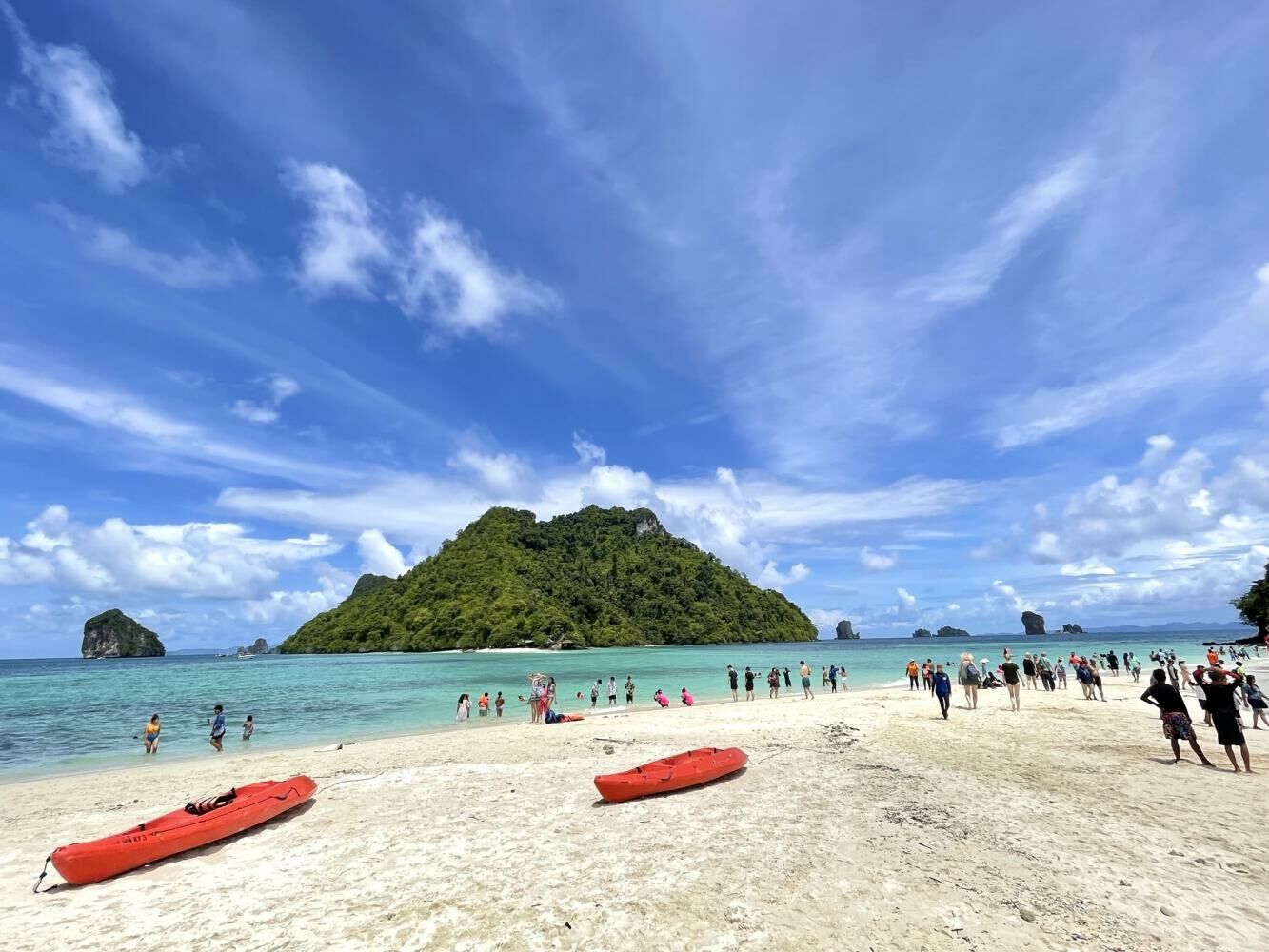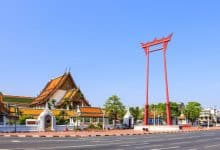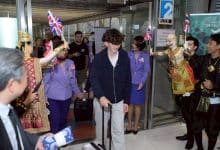Southern Thailand sees room revenue surge due to European visitors

Southern provinces of Thailand are experiencing a boost in room revenue in the first quarter, thanks to extended stays by European visitors. This increase has occurred despite the lesser number of tourists from China. Room rates have reached a new high, setting a record.
Pongsakorn Ketprapakorn, the ex-president of the Tourism Council of Phangnga predicted the surge.
“The first quarter of this year will likely be the best high season in five years.”
Hotels in the province, particularly in Khao Lak, are charging higher room rates, between 6,000 and 10,000 baht (US$167 and US$278) per night, surpassing the average of 5,000 baht in 2019, a peak tourism year for Thailand.
The majority of tourists hail from Germany, Scandinavia, and Russia, and are choosing to stay for several weeks to a month. Hotels have been recording over a 90% occupancy rate, or are even fully booked. Tourists are also spending more on food and other hotel services.
Chinese tourists, who make up the largest number of arrivals in Thailand, with over 987,000 out of 5.2 million tourists, haven’t been a significant market for Phang Nga. As Pongsakorn notes, Chinese tourists often prefer livelier, urban experiences, such as Phuket and Bangkok, rather than nature-oriented destinations like Phang Nga. Chinese tourists only make up 5 to 10% of the foreign tourist market for the province, reported Bangkok Post.
Phang Nga is set to host the Thailand Travel Mart Plus tourism trade show, an annual event organised by the Tourism Authority of Thailand, between June 5 and June 7 this year.
Charintip Tiyaphorn, owner of Pimalai Resort and Spa at Koh Lanta of Krabi, noted that during this high season, its villa room type, which covers 200 square metres, has sold faster than deluxe rooms, which are sized 48 square metres. This trend indicates a strong demand from high-end tourists from Europe and the US. The resort’s average room rate in January across all room types exceeded 9,000 baht (US$250), surpassing the 2019 level, while the occupancy rate stood at over 90%.
European tourists
Long-haul guests typically stay seven to 10 days at the resort and spend more at bars, dining at the resort’s outlets or participating in local activities on the island.
Krabi, however, is lacking direct flights from China, which previously had services from five to six Chinese cities before the pandemic. Sasithorn Kittidhrakul, president of the Krabi Tourism Association, mentioned that the province now has charter flights from Stockholm, Warsaw, and Prague, with regularly scheduled flights from major markets like Dubai, Singapore, and Malaysia.
According to Sasithorn, the top markets for Krabi currently are Sweden, Malaysia, Poland, and the UK. All of these have resulted in 20 to 30% higher room rates than in 2019. The association and tourism operators in Krabi are planning to join the global trade show ITB Berlin 2024 in March, to attract travellers, particularly the European market, through sustainable tourism and hot spring attractions.
Latest Thailand News
Follow The Thaiger on Google News:


























